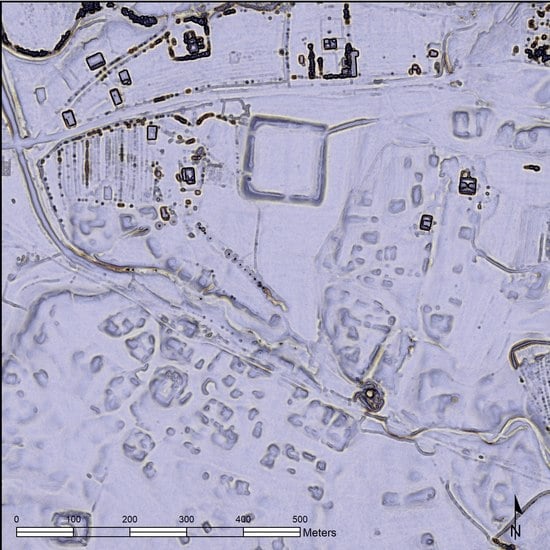Toward a High-Definition Remote Sensing Approach to the Study of Deserted Medieval Cities in the Near East
Abstract
Share and Cite
Starková, L. Toward a High-Definition Remote Sensing Approach to the Study of Deserted Medieval Cities in the Near East. Geosciences 2020, 10, 369. https://doi.org/10.3390/geosciences10090369
Starková L. Toward a High-Definition Remote Sensing Approach to the Study of Deserted Medieval Cities in the Near East. Geosciences. 2020; 10(9):369. https://doi.org/10.3390/geosciences10090369
Chicago/Turabian StyleStarková, Lenka. 2020. "Toward a High-Definition Remote Sensing Approach to the Study of Deserted Medieval Cities in the Near East" Geosciences 10, no. 9: 369. https://doi.org/10.3390/geosciences10090369
APA StyleStarková, L. (2020). Toward a High-Definition Remote Sensing Approach to the Study of Deserted Medieval Cities in the Near East. Geosciences, 10(9), 369. https://doi.org/10.3390/geosciences10090369





